This article was co-authored by Tu Anh Vu, DMD. Dr. Tu Anh Vu is a board certified dentist who runs her private practice, Tu's Dental, in Brooklyn, New York. Dr. Vu helps adults and kids of all ages get over their anxiety with dental phobia. Dr. Vu has conducted research related to finding the cure for Kaposi Sarcoma cancer and has presented her research at the Hinman Meeting in Memphis. She received her undergraduate degree from Bryn Mawr College and a DMD from the University of Pennsylvania School of Dental Medicine.
There are 15 references cited in this article, which can be found at the bottom of the page.
This article has been viewed 132,536 times.
Dentists use fillings to replace tooth structure that is lost to decay.[1] Fillings protect your teeth and surrounding oral structure for up to 15 years, but they'll need to be replaced if they are broken, the margins aren't sealed, or there's recurrent decay under the filling.[2] Not replacing dental fillings can lead to chipped or fractured tooth, infection, or abscesses, and may harm the long term health of your tooth.[3] You can know if your dental fillings need replaced by looking for signs and symptoms at home and getting appropriate dental care.
Steps
Sensing a Bad Filling
-
1Watch for tooth sensitivity. If you have fillings that need replacement, you’ll likely feel it first. Paying attention to the physical symptoms of old or decaying fillings can let you know if it’s time to have your dentist replace them. One sign that your fillings may need replacing is if you have tooth sensitivity to temperature, sweets, or pressure.[4]
- Pay attention when you bite into any cold, hot, or sweet foods. You may feel momentary sensitivity or pain after they contact your tooth, which could be a sign of a filling needing replaced.[5]
- Be aware that your tooth may also be sensitive to touch either by your finger, toothbrush, or other dental tool.
- If you have sensitivity, use a fluoride toothpaste designed for sensitive teeth, like Sensodyne or Pronamel.[6]
-
2Notice pressure when eating. In some cases, you may feel pressure when biting down on food.[7] This sensation may last for a few seconds or longer. This can signal a damaged filling or damage to your dental pulp.[8]
- Chew slowly if you detect any pressure when biting down on food. This may help you more easily identify which filling is potentially problematic.
Advertisement -
3Detect sharp or throbbing pain. In addition to pressure you may feel in a tooth, there may also be a sharp and throbbing pain.[9] It may come when you are eating or drinking or even when you’re not doing anything. Like pressure, the pain may go away quickly or linger for a few minutes. Noticing if you have any sharp or throbbing pain in a specific tooth or teeth can help you figure out if a filling needs replaced, especially if it happens with other symptoms.[10]
- Winter and cold air can also make your tooth more sensitive than usual indicating the need for a new filling.
-
4Acknowledge a constant toothache. Some people who have fillings that need replacing may experience a toothache.[11] The pain may come and go or be constant. Toothaches are often caused by inflammation in the dental pulp, which can happen as a result of a filling needing replacement. If your toothache lasts longer than two days, see your dentist to prevent a complication with your dental health.[12]
- If the pain lasts for too long, pulp can develop an irreversible pulpitis, which eventually leads to a necrosis where no pus is involved or an abscess.
Recognizing Visual Indicators
-
1Observe holes or dark spots. In addition to any physical sensations you may feel, you may be able to see signs that your fillings need replacement. One sign that your fillings may need replaced is seeing holes or dark spots. You may notice these while brushing or flossing your teeth every day. Paying attention for these signs can ensure you get prompt treatment and may minimize the risk of infection in your oral cavity.
-
2Inspect floss for tears and food particles. If you floss your teeth daily, look at the floss in between each tooth. You may notice tears in the floss or pieces of food it may have removed. These can be signs of cracked teeth and/or a filling that needs replaced.[13]
- Note which tooth either shreds the floss or always seems to have food stuck in it. This can help your dentist better identify which filling needs replacement, but in cases like this an x-ray is almost always a must.
-
3Feel the tooth surface for roughness. Most people love the feeling of clean and smooth teeth. You may notice that you have a tooth that never feels smooth even after brushing and flossing. This may be a sign that a filling needs replaced.[14]
- Keep an eye on the tooth and notice if anything makes the roughness worse or better. If it doesn’t get any smoother, let you dentist know.
-
4Look for a broken, cracked, or lost filling. In some cases, you may be able to see when a filling needs replaced. If you notice any physical symptoms, check inside your mouth to see if you have any fillings that are visibly broken, cracked, or missing. Contact your dentist for an appointment to confirm that you need the filling replaced.[15]
- Wash your hands thoroughly with warm water and soap before putting them in or near your mouth. This can minimize your risk of introducing harmful bacteria into your mouth.
-
5Identify chipped or fractured teeth. Even if you can’t see a problematic filling, a chipped or fractured tooth may also indicate that you need a filling replaced. If you have physical symptoms but can’t see any cracked, broken, or missing fillings, check the surrounding teeth. They may have chips or fractures that need the attention of your dentist.[16]
- Use your tongue to identify any sharp edges or missing structures. Food that gets stuck in daily is also a sign that your old filling needs replacement
- Be aware that cracks and chips may be so small that you can’t detect them with your eye alone.[17]
- Wash your hands thoroughly with soap and water before looking for chipped or fractured teeth. This can prevent an infection.
-
6Determine what kind of dental filling you have. There are different kinds of dental filling material. Each has a different life span. Knowing what kind of filling you have can help you know if it’s time to replace it. Recognize that the durability of the fillings also depends on how well you care for your oral health. If you take great care of your teeth and gums, then your fillings may last longer. The following are different types of fillings and their average life spans:
- Gold fillings, which can last for up to 15 years.
- Amalgam fillings, which are silver in color, can also last up to 15 years.
- Composite fillings, made of a material that matches your own tooth color, may need replacing after five years.
- Ceramic fillings can last about 7 years.
Seeing Your Dentist
-
1Schedule an appointment with your dentist. The only way to know for sure if a filling needs replaced is to see your dentist. A dental professional is also the only person qualified to replace fillings. If you notice any signs or symptoms of a filling that may need replaced, schedule an appointment with your dentist at the earliest time possible. This can ensure you get prompt treatment and may minimize your risk of developing abscesses.[18]
- Let the scheduling staff know why you need to see the dentist. They may be able to get you an appointment sooner rather than later.
-
2Undergo an examination. Your dentist will conduct a thorough exam of your fillings to see if any need replacing. Let your dentist know any signs or symptoms you’ve observed, which he’ll consider along with your medical records and the results of his examination.[19]
- Be precise when explaining your symptoms of signs to the dentist. This can help your dentist better determine if the filling needs replaced. For example, “I get a sharp pain that hurts my entire tooth.”
- Allow your dentist to probe your mouth with a tool called an explorer. This will gently probe the tooth and filling to detect any worn spots.
-
3Get additional testing. In some cases, a filling may be intact but still need replacement. This is because it has a small crack or is leaking. Both of these can lead to tooth decay. Your doctor may also want to check for problems between your teeth that are not visible with the naked eye. Your dentist suspects or determines that your fillings need replacing, they will likely have you undergo additional testing such as X-rays or trans-illumination. These can help your dentist better formulate a treatment and replacement plan for you.[20]
- An X-ray is necessary to see if there's recurrent decay under a filling, or to see if the margins are opened on fillings that are between teeth.[21]
- Recognize that your dentist may also order a periapical radiograph, another type of oral X-ray, to check that the root of your tooth is not damaged.[22]
-
4Discuss your replacement options. Your dentist may determine that you have one or more fillings that need replaced. If this is the case, explore your different options with the dentist. It may be possible to repair the old filling or you may need to have it completely replaced. Talking to your dentist about your different options can ensure you get proper care without the burden of cost or worrying that you’ll need to replace a filling in the near future.
- Ask your dentist if a different filling material may suit you better if an entire filling needs replaced.
-
5Get regular checkups. Prevention is one of the best ways to keep your teeth and fillings healthy. Scheduling regular appointments with your dentist can help detect fillings that need replacement before they cause complications such as tooth or pulp decay.
Expert Q&A
Did you know you can get expert answers for this article?
Unlock expert answers by supporting wikiHow
-
QuestionHow do I know if my dental fillings need to be replaced?
 Tu Anh Vu, DMDDr. Tu Anh Vu is a board certified dentist who runs her private practice, Tu's Dental, in Brooklyn, New York. Dr. Vu helps adults and kids of all ages get over their anxiety with dental phobia. Dr. Vu has conducted research related to finding the cure for Kaposi Sarcoma cancer and has presented her research at the Hinman Meeting in Memphis. She received her undergraduate degree from Bryn Mawr College and a DMD from the University of Pennsylvania School of Dental Medicine.
Tu Anh Vu, DMDDr. Tu Anh Vu is a board certified dentist who runs her private practice, Tu's Dental, in Brooklyn, New York. Dr. Vu helps adults and kids of all ages get over their anxiety with dental phobia. Dr. Vu has conducted research related to finding the cure for Kaposi Sarcoma cancer and has presented her research at the Hinman Meeting in Memphis. She received her undergraduate degree from Bryn Mawr College and a DMD from the University of Pennsylvania School of Dental Medicine.
Board Certified Dentist
References
- ↑ https://www.nidcr.nih.gov/health-info/dental-fillings
- ↑ Tu Anh Vu, DMD. Dentist. Personal interview. 7 May 2020.
- ↑ https://www.parkerdentalandortho.com/blog/do-fillings-need-to-be-replaced/
- ↑ http://jamiethedentist.com/dental-fillings/signs-and-symptoms
- ↑ http://www.aae.org/patients/symptoms/tooth-pain.aspx
- ↑ Tu Anh Vu, DMD. Dentist. Personal interview. 7 May 2020.
- ↑ http://jamiethedentist.com/dental-fillings/signs-and-symptoms
- ↑ http://www.aae.org/patients/symptoms/tooth-pain.aspx
- ↑ http://jamiethedentist.com/dental-fillings/signs-and-symptoms
- ↑ http://www.aae.org/patients/symptoms/tooth-pain.aspx
- ↑ https://www.parkerdentalandortho.com/blog/do-fillings-need-to-be-replaced/
- ↑ http://www.nhs.uk/Conditions/Toothache/Pages/Introduction.aspx
- ↑ https://highburyparkdental.ca/do-my-fillings-need-replacing/
- ↑ http://jamiethedentist.com/dental-fillings/signs-and-symptoms
- ↑ https://marlboroughdentalcentre.com/blog/6+Warning+Signs+Your+Filling+Needs+Replacing+-+Tips+From+Our+Calgary+Dental+Office+/230
- ↑ https://highburyparkdental.ca/do-my-fillings-need-replacing/
- ↑ http://www.nhs.uk/Conditions/Toothache/Pages/Introduction.aspx
- ↑ https://highburyparkdental.ca/do-my-fillings-need-replacing/
- ↑ https://highburyparkdental.ca/do-my-fillings-need-replacing/
- ↑ http://www.ada.org/~/media/ADA/Publications/Files/patient_52.pdf?la=en
- ↑ Tu Anh Vu, DMD. Dentist. Personal interview. 7 May 2020.
- ↑ http://jamiethedentist.com/dental-fillings/signs-and-symptoms
About This Article
If your teeth hurt or are particularly sensitive to temperature, sweets, or pressure, you may need to have some of your dental fillings replaced. Use a mirror to check your teeth for any holes or dark spots. You may also want to floss and check the floss for tears or food particles, which can indicate cracks in your teeth. Additionally, feel the surface of your teeth for roughness and note if there are any teeth that never feel smooth, even after brushing and flossing. If you notice any of these symptoms, schedule an appointment with your dentist, who will perform a thorough exam and X-rays to determine which fillings need replacing. For more advice from our Dental co-author, like how to determine which replacement option is best for you, read on!
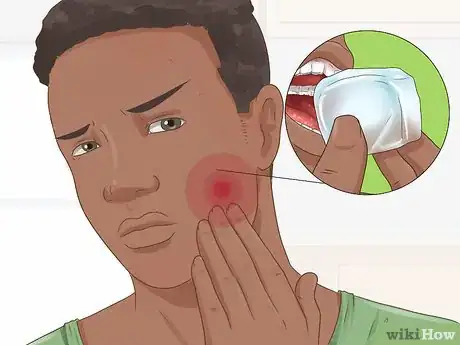
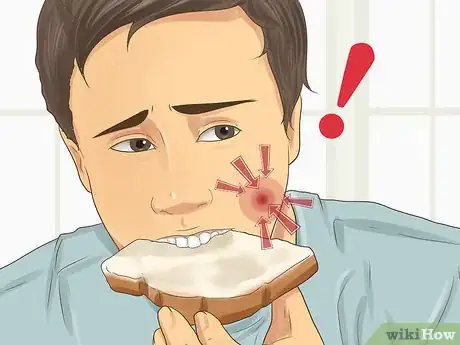
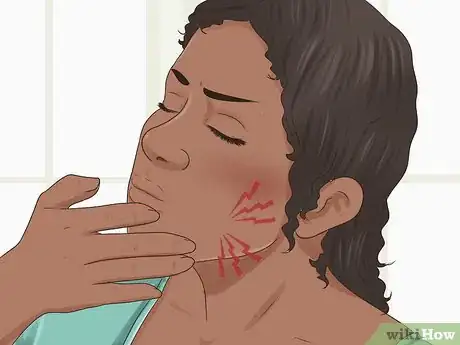
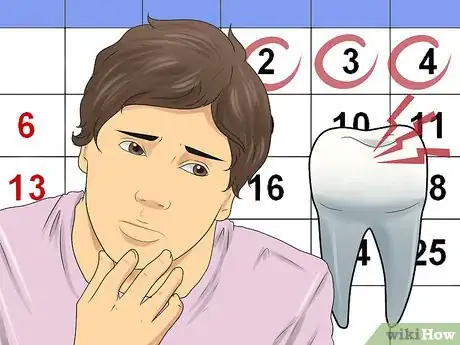

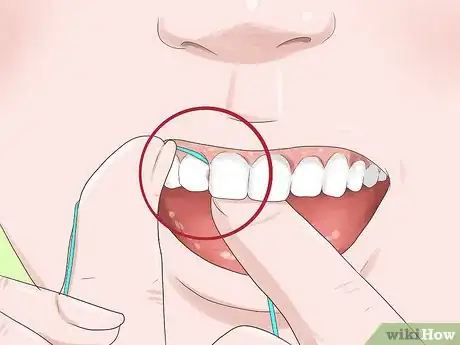

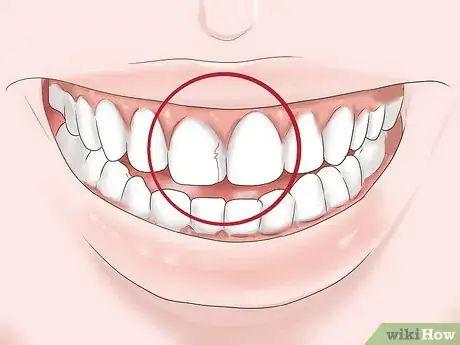
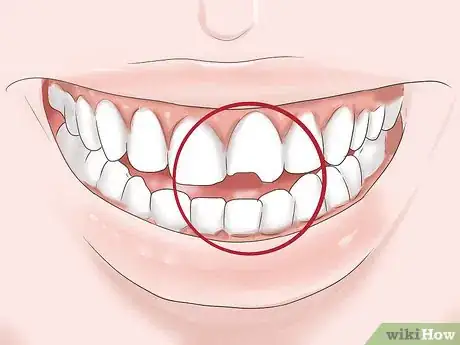
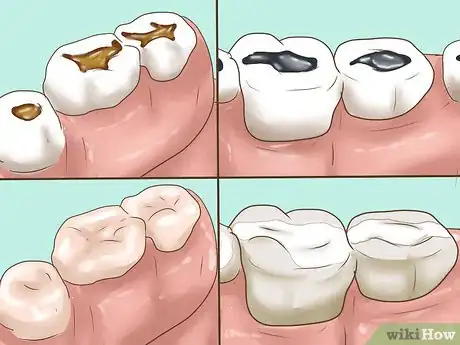

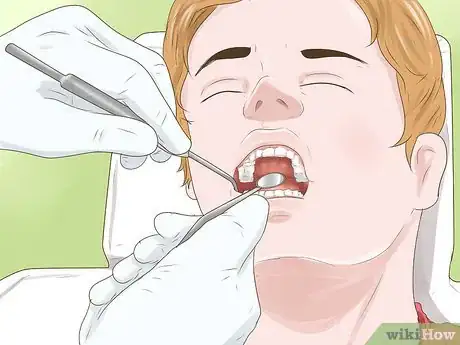
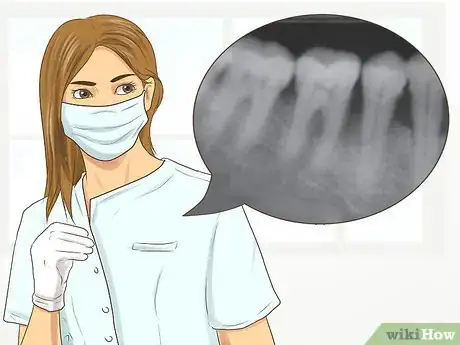
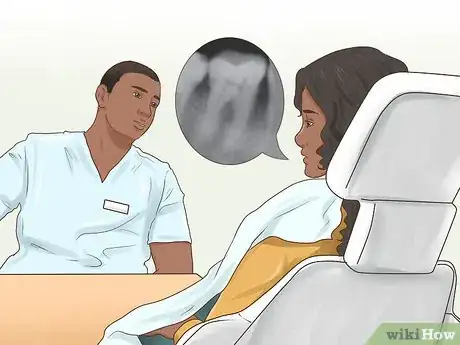
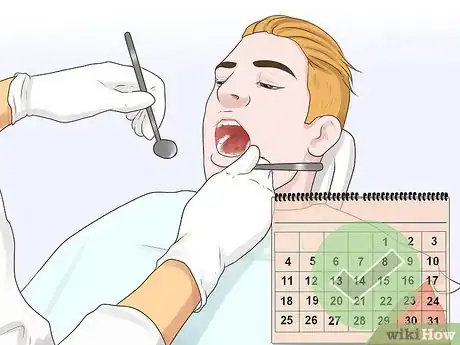





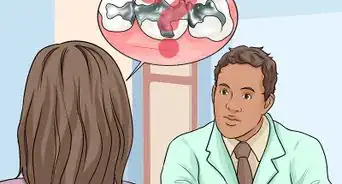

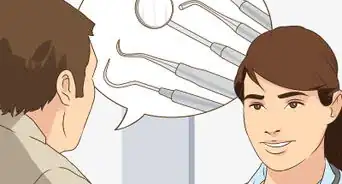


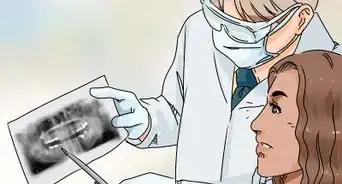


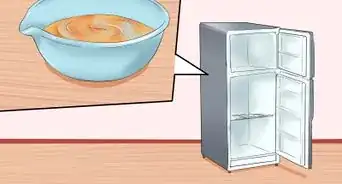








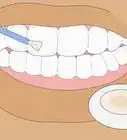






































Medical Disclaimer
The content of this article is not intended to be a substitute for professional medical advice, examination, diagnosis, or treatment. You should always contact your doctor or other qualified healthcare professional before starting, changing, or stopping any kind of health treatment.
Read More...